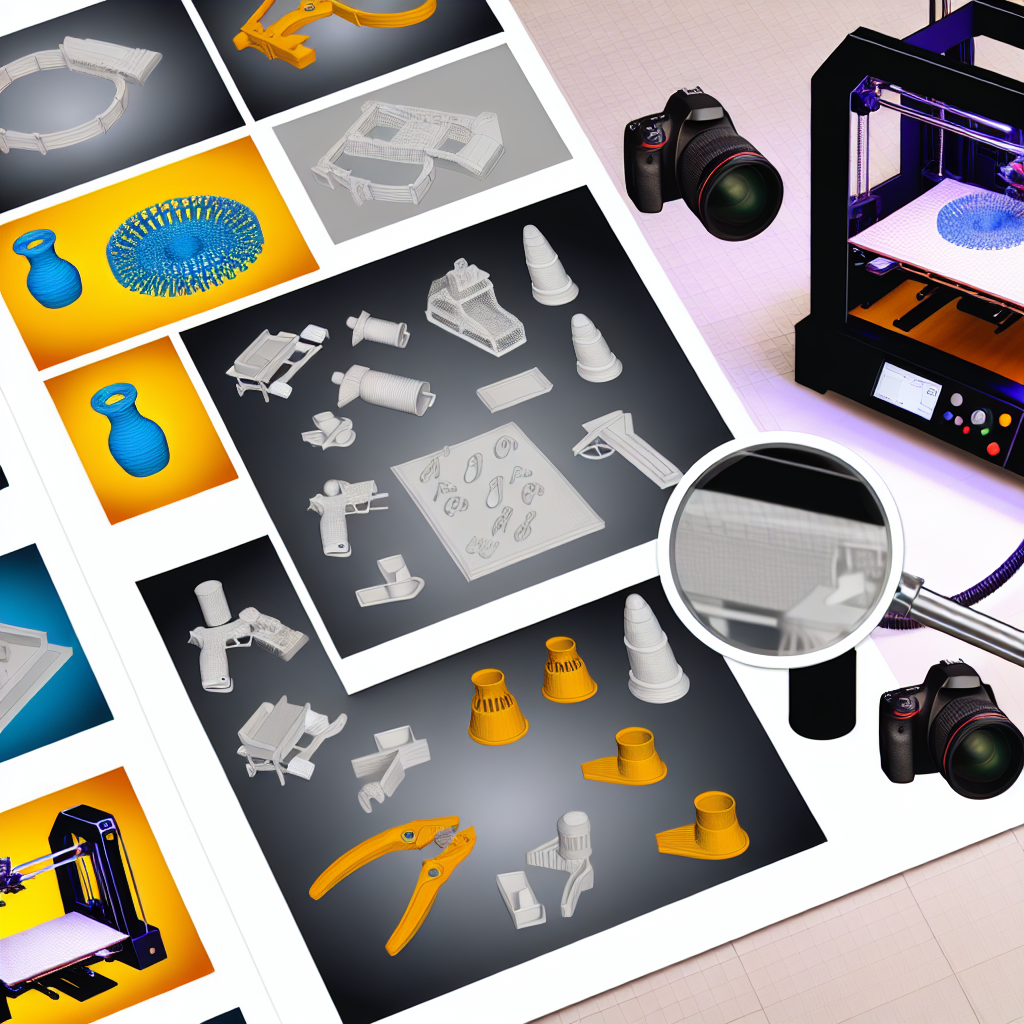Choosing the correct infill percentage for your 3D prints is crucial for balancing strength, material usage, and print time. Whether you’re aiming for lightweight prototypes or highly durable parts, understanding how to select the right infill can significantly impact your 프로젝트’s success. In this article, we’ll explore key factors to consider, including material compatibility and printer capabilities like the Bambu Lab 3D printer, to ensure you make every print count.
Understanding the Role of Infill in 3D Printing
Infill isn’t just about filling empty space inside a 3D model—it’s a vital parameter that influences the structural integrity, weight, and print duration of your project. When choosing the right infill, you’re balancing multiple factors:
- Strength and Durability: Higher infill percentages (e.g., 50%-100%) provide greater strength, ideal for functional parts or engineering prototypes.
- Material Efficiency: Lower infill percentages (e.g., 10%-20%) reduce material consumption and print time, suitable for concept models or decorative items.
- Print Speed: Infill density directly affects print duration—higher densities lead to longer prints, which might introduce issues like warping or layer shifting.
For Bambu Lab 3D printers, selecting the right infill is equally important because their advanced features can help optimize print quality and speed based on your chosen infill percentage. Understanding your project’s specific needs and printer capabilities allows for smarter decision-making and better end results.
Factors Influencing Infill Selection and Best Practices
Choosing the ideal infill percentage isn’t a one-size-fits-all decision. It depends on several factors:
- Type of Part: Functional components that bear load require higher infill, while display pieces can often get by with minimal infill.
- Material Used: Different filaments have varied properties—*PLA* is forgiving and suitable for lower infill, whereas *ABS* or *PETG* might need higher infill for strength.
- Printer Capabilities: Features like automatic bed leveling, high-resolution extrusion, and advanced slicing options on Bambu Lab printers can help effectively print higher infill densities without compromising quality.
Best practices include conducting test prints at various infill levels to observe the effects on strength and appearance. For instance, start with 20-25% infill for most general-purpose prints, then adjust based on your specific application. Additionally, consider using *adaptive infill* strategies where only critical areas receive higher infill, saving material and time while maintaining strength.
In conclusion, selecting the right infill depends on understanding your project’s needs and leveraging your 3D printer’s capabilities—like those found in Bambu Lab models. By balancing factors such as strength, material use, and print time, you can achieve optimal results every time. Mastery of infill choices empowers you to produce high-quality, efficient, and durable 3D prints with confidence.
